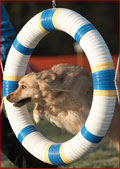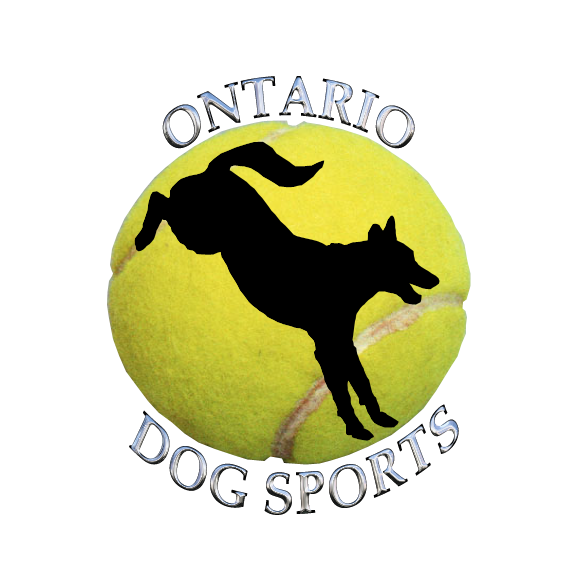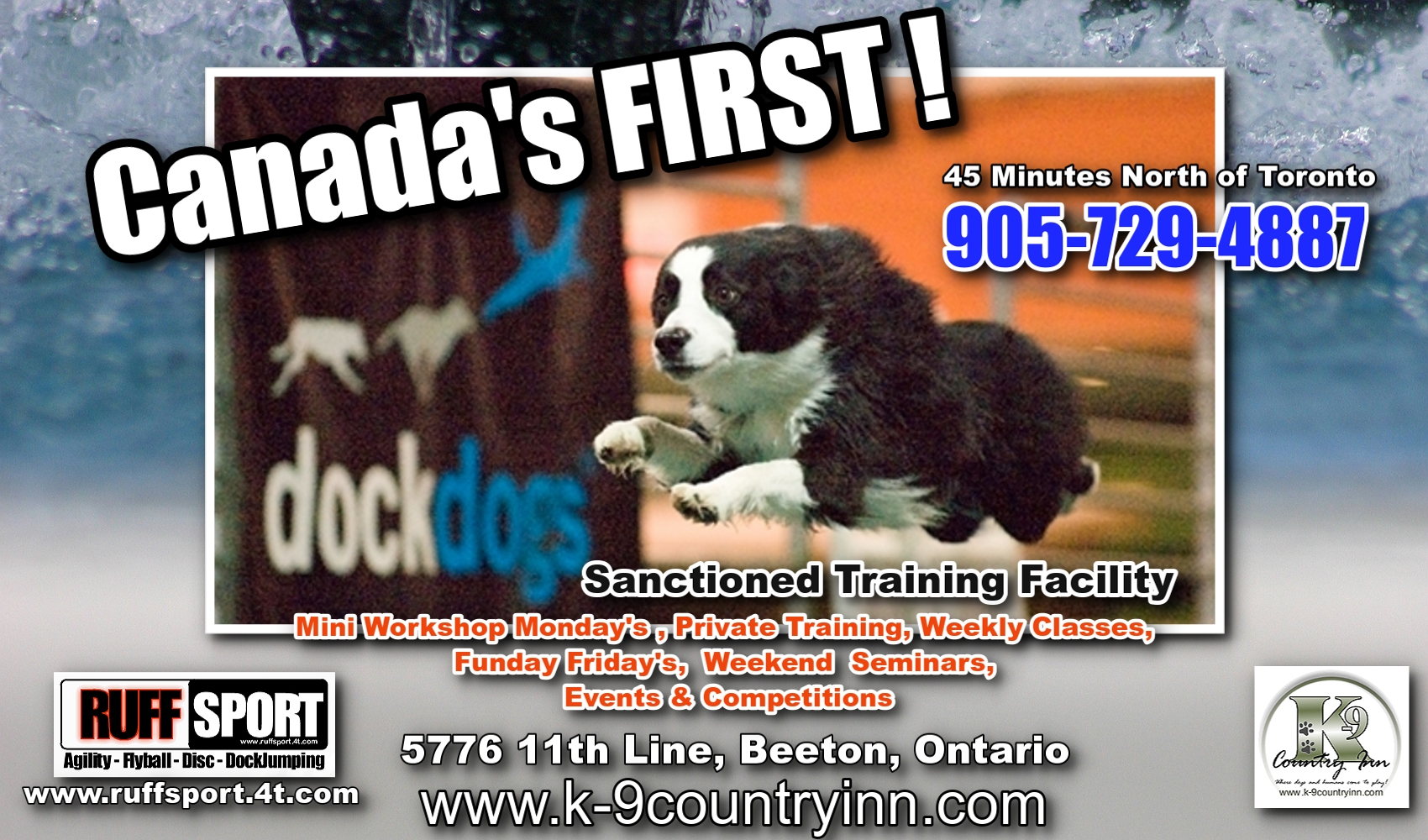Performance Dog Feeding
Arleigh Reynolds, DVM, PhD, DACVN
Jill Cline, PhD
Most veterinarians have clients that participate with their dog in various sports or activities, and they may seek information on how to feed their active dogs appropriately. This article provides practical advice for the feeding of active dogs, whether pulling a sled in Minnesota, chasing Frisbees in California, or chasing fox in Virginia.
Exercise intensity
The majority of performance dog nutrition research has been conducted using either endurance sled dogs or greyhounds as models. However, most performance dogs are neither. Instead, they are hunting dogs, service dogs, and working dogs that participate in a wide range of physical activities. Exercise intensity is usually discussed in terms of VO2 or workload. VO2 is a measure of oxygen consumption that indicates workload or exercise intensity and VO2 max is the amount of oxygen consumed when exercising at maximum intensity. Since VO2 max can be increased by conditioning, references to VO2 max throughout this article refer to a fully conditioned dog.
Exercise can be loosely divided into three categories based on VO2 max. High intensity exercise is greater than 75% VO2 max and uses anaerobic fuel sources, primarily phosphocreatine, muscle glycogen and carbohydrates. Moderate intensity exercise occurs between 30-50% VO2 max and is primarily aerobic in nature, including the aerobic metabolism of both carbohydrates and free fatty acids (FFA), and small amounts of protein. Finally, low intensity exercise is exercise up to 30% VO2 max and is completely aerobic in nature, utilizing primarily free fatty acids for fuel.
Endurance Canine Athletes
Canine endurance athletes, like sled dogs, typically exercise for an extended time period in the low intensity (up to 30% VO2 max) and moderate intensity (30-50% VO2 max) range with very short bouts of high intensity going up a hill or at the finish of a race. Therefore, the primary fuel for canine endurance athletes is free fatty acids. Dogs are more efficient at metabolism fat than most other species. Further, through a combination of training and diet, there can be an increase in the amount of circulating FFA available for use as an energy substrate. Muscle FFA can contribute up to 60% of energy during the first 2-3 hours of exercise.
An appropriate feeding regime for endurance sled dogs includes approximately 35% of calories from protein, 45% calories from fat and 20% of calories from carbohydrates. However, these are estimates and all dogs should be fed to maintain appropriate body condition for the sport in which they are participating. Sled dogs exercising at low to moderate intensity with short bouts of high intensity work need a minimum of 24% of calories from protein in the diet to prevent soft tissue injury. Dogs fed 16% protein, as a percent of calories, had more soft tissue injuries, which required that they be removed from the exercise rotation for at least three days.
Canine endurance athletes have a tremendous requirement for energy. Working sled dogs calorie requirements can range up to 6,000-10,000 kilocalories/day depending on environmental condition, exercise intensity and duration. Daily energy requirements are usually greater than 5X resting energy rate. High dietary energy density is key to these canine athletes. Since fat has about 2.25 times more energy than either protein or carbohydrate per gram, high fat diets help meet the energy needs of canine endurance athletes. Small amounts of dietary carbohydrate are useful in stabilizing gut motility in endurance canine athletes. Sled dogs fed diets without carbohydrate were more susceptible to “stress” diarrhea than those that had 17 % carbohydrate in their diets.
Long distance endurance events cause an increase in lipid peroxidation and free radical production. The extremely high fat diets required by endurance sled dogs can exacerbate this phenomena so increased antioxidants like vitamin E and selenium have been recommended to help minimize the effects of free radicals1.
Sprint/ Weight Pulling Canine Athletes
Dogs involved in sprinting and weight pulling activities such as sight hound racing or sledge pulling competitions undergo short periods of very intense exercise. These types of dogs typically do not have higher energy requirements than those of moderately active pet dogs. A greyhound expends approximately 75 kcal per race6. The energy required for these types of activities is solely anaerobic and comes from the muscle energy stores. Most canine athletes engaged in sprint type activities have an energy requirement of 1.6-2 X resting energy rate. An appropriate feeding regime for sprint type canine athletes consists of a diet that contains approximately 25% calories from protein, 30% calories from fat and 45% calories from carbohydrates.
Greyhounds can deplete up to 70% of their muscle glycogen during a race. However, it seems that “carb loading” as described for humans does not benefit these canine athletes. Hill et al demonstrated that greyhounds ran faster when carbohydrate was increased from 30 to 45% ME at the expense of protein but they ran slower when fed 54% carbohydrates at the expense of protein and fat.
While vitamins E and C provide protection against oxidative damage, they do not appear to enhance racing performance. On the contrary, super-supplementation with these antioxidant vitamins actually slowed greyhounds. However, many racing dogs are fed raw meat or fish in addition to a complete and balanced dog food. Raw meats and fish, which can be high in PUFA, are susceptible to oxidation. Therefore, the amount of vitamin E included in the diet should be proportional to the fat levels in the diet.
Intermediate Canine Athletes
Most canine athletes fall into the nebulous category of “intermediate” exercise intensity. Some dogs are “weekend warriors” for example, the family retriever who does double duty as the duck retrieving dog on the weekend. These dogs exercise hard, and sometimes for many hours on the weekends but do not exercise during the week. Other canine athletes exercise more regularly like military or service dogs.
There may be short bursts of intense activity, like running up a hill or sprinting after a bird in the case of a hunting dog or completing an agility course, but the majority of intermediate canine athletes exercise at an intensity well below 75% VO2 max. Therefore, the exercise of these intermediate athletes more closely resembles endurance exercise rather than sprint exercise.
A recent survey of fox hound hunting clubs reported that formal hunts last from 2-6 hours and the average distance covered was between 8-10 miles but could range up to 20 miles. Intermediate athletes can be subdivided into two categories- those who exercise at a low-moderate frequency and duration and those who exercise at a higher duration and frequency. Table 2 details nutrient requirements for intermediate canine athletes. In general, canine intermediate athletes require at least 25% of calories as protein. Protein requirements increase in relation to increased work1. Exercise causes an increased need for structural proteins (muscle, collagen) and functional proteins (enzymes). As exercise frequency increases through continued work or training, the enzymes for energy metabolism are up-regulated, requiring more protein. In addition, blood volume increases with continued aerobic exercise and there is a concomitant increase in plasma volume that requires additional protein. Thus there is an enhanced rate of protein synthesis associated with regular exercise. There is also an enhanced rate of protein catabolism. Branch chain amino acids, leucine, isoleucine and valine, are oxidized for energy, contributing between 5-15% of the energy used during aerobic exercise. Since there are no labile stores of protein in the body, essential amino acids must be replaced through diet.
Physical activity necessitates an increase in metabolism, which in turn increases the need for energy. Fat is the most energy dense nutrient available to fulfill this need. Training in conjunction with higher fat diets has been shown to increase a dog’s capacity for using FFA by raising a dog’s carbohydrate threshold. The carbohydrate threshold is the point at which dogs switch from aerobic FFA metabolism to aerobic carbohydrate metabolism. During moderately intense work, both FFA and carbohydrates are metabolized for energy. Feeding a high fat diet during training causes a shift in metabolism that elevates the threshold at which dog’s switch from FFA metabolism to carbohydrate metabolism. The advantage to this change is twofold. Fats have more energy per gram so each gram oxidized nets more fuel for exercise than carbohydrates. Carbohydrates are available in very limited supply in the body therefore sparing them is beneficial. Also, by feeding a higher fat diet during regular exercise, the amount of circulating FFA increases, providing a readily available energy source. Working dogs consuming higher fat diets respond to an exercise bout by releasing more FFA than dogs fed an isocaloric diet of lower fat content. Finally, increased fat in a balanced diet has been shown to increase the maximal rate of fat oxidation by 20-30 % in dogs exercised at a moderate intensity (less than 75% VO2 max) which leads to an increased oxidative capacity.
On the other hand, canine athletes in this category also may have short periods of more intense activity, requiring them to utilize muscle glycogen for energy. Appropriate feeding of carbohydrates can aid in maintaining and restoring muscle glycogen, as described elsewhere in this issue.
Like endurance dogs, intermediate canine athletes are susceptible to lipid peroxidation of membranes. Diets with extra antioxidants like vitamins E and C, and selenium would help to minimize excessive free radical production especially when dogs are consuming higher fat diets.
Practical Feeding Management of Intermediate Canine Athletes
As important as the nutrients to canine athletes are the feeding practices that are used to manage the delivery of those nutrients. Three things need to be considered when managing food intake in canine athletes- diet digestibility, hydration and feeding time.
Intermediate canine athletes can vary in energy requirements depending on the sport in which they are participating, the environmental conditions and the frequency of exercise. However, diet digestibility should be at least 80% in order for the dogs to effectively metabolize and use the nutrients supplied by the food without excess fecal bulk and for them to be able to ingest enough calories to meet energy needs while in training and competing in athletic events. The more energy dense the food is, the less voluminous the stool, which is advantageous in exercising dogs. Kronfeld et al estimated that racing sled dogs with full colons were handicapped equivalent to a jockey and racehorse being assessed a 20 lb handicap.
Hydration is important in exercising dogs for two reasons. Exercise is a heat producing activity and water is required to help dissipate heat. Work by Young demonstrated that about 60% of heat dissipated by dogs during exercise is through water evaporation in the respiratory tract. Also, water is needed to remove the by-products of energy metabolism. It is very important to keep exercising dogs hydrated because this may be the most important determinant of endurance and performance. Yet, in many cases, exercising dogs may be distracted by their task or the environment so are not motivated to drink. Specific care should be provided to encourage dogs to drink during extended periods of exercise. . Unlike humans, most dogs do not loose electrolytes during exercise because sweat is not a primary avenue for thermoregulation for dogs. Because most healthy dogs do not lose electrolytes, they do not benefit from electrolyte replacement drinks.
Finally, timing of meals is important in canine athletes. Exercise alters gastrointestinal transit time and therefore can change nutrient digestion and absorption. Exercise also can cause mild hypoxia in the gut due to redistribution of blood flow1. In addition, the heat of digestion can increase heat load in exercising dogs that are already at risk for excessive heat production. Dogs fed 4 hours before exercise had higher core temperatures than those fed 17 hours before exercising. This difference was attributed to the heat of digestion. Approximately 23 hours are required for the complete digestion of a large meal in a dog. Dogs fed less than 23 hours before an exercise event may have fecal matter in the colon which can compromise performance by adding extra weigh to the dog. Some researchers and dog enthusiasts theorize that feces in the colon can also cause cecal slap. Cecal slap is a condition during which the residual feces “slaps” against the colon causing irritation of the surrounding epithelium and perhaps inducing diarrhea during and after exercise. It is recommended that intensely exercising dogs be fed approximately 24 hours before an intense exercise bout to help alleviate problems associated with a full colon. If the sporting activity in which they are participating is a multiple day event, then dogs should be fed as soon after exercise as possible so that they have the maximum amount of time to digest the meal before the next exercise bout. It is appropriate to feed a dog only when it is no longer panting or exhibiting signs of heat stress or dehydration. Most dogs can be fed within 45 minutes of cessation of exercise.
Summary
In summary, athletic dogs generally require more energy, protein and antioxidants than sedentary dogs. The extra nutrients required are directly related to the exercise intensity, frequency and duration. Most dogs that participate in canine athletic events are considered intermediate athletes who use a combination of aerobic and anaerobic fuels. Though most of the research on the nutrient requirements of exercising dogs has been completed using either greyhounds or sled dogs, recommendations can still be drawn from this work and applied to intermediate canine athletes. Feeding management practices, including diet digestibility, hydration, and timing of feeding, are vitally important to canine athletes and can directly affect canine athletic performance.
From: PurinaProClub.com







 Ontario Dog Sports
Ontario Dog Sports
Reader Comments